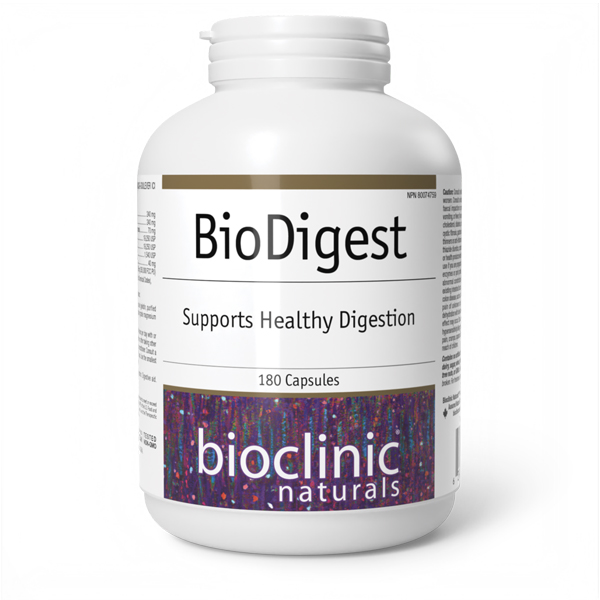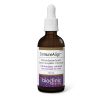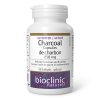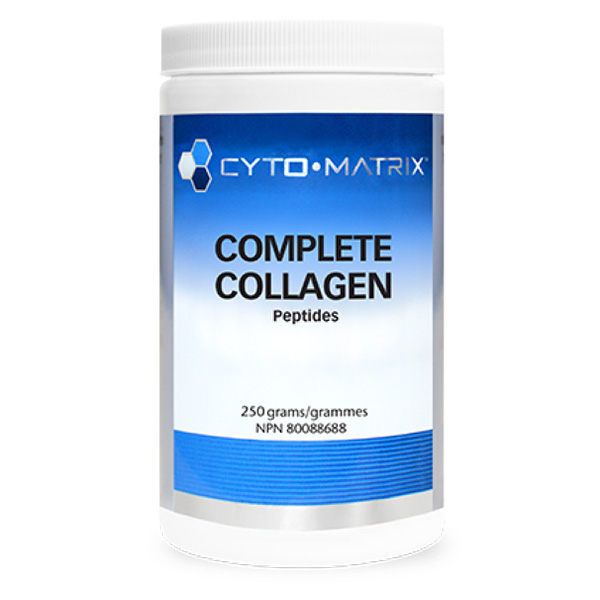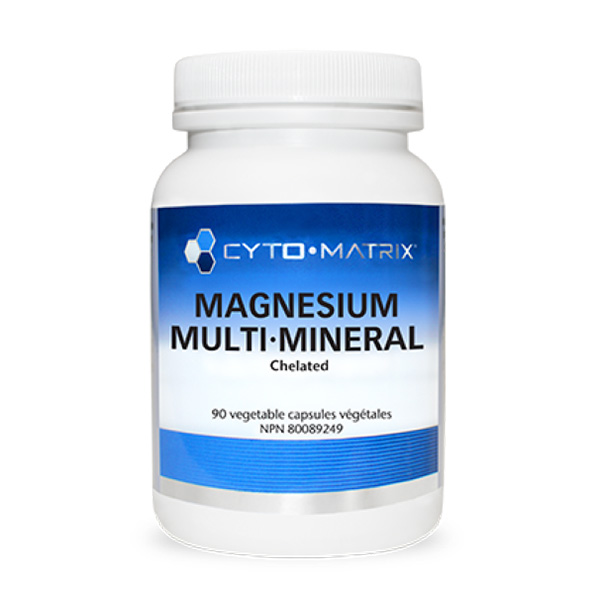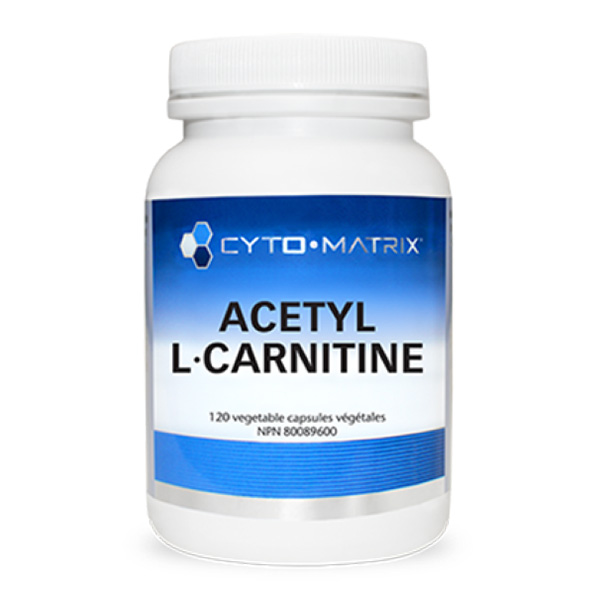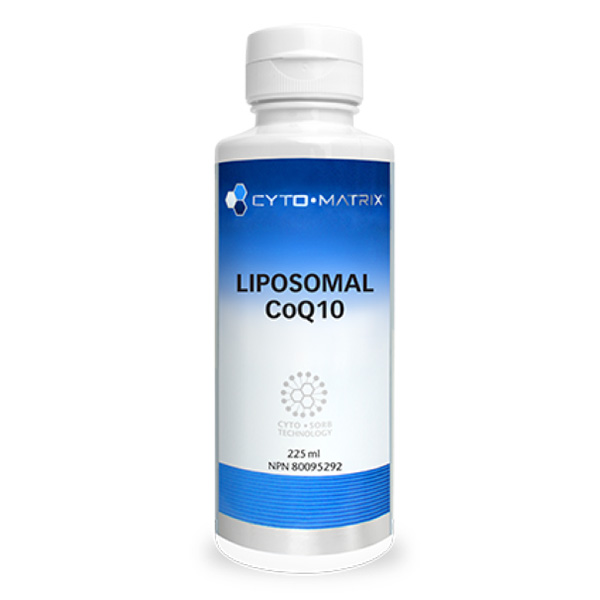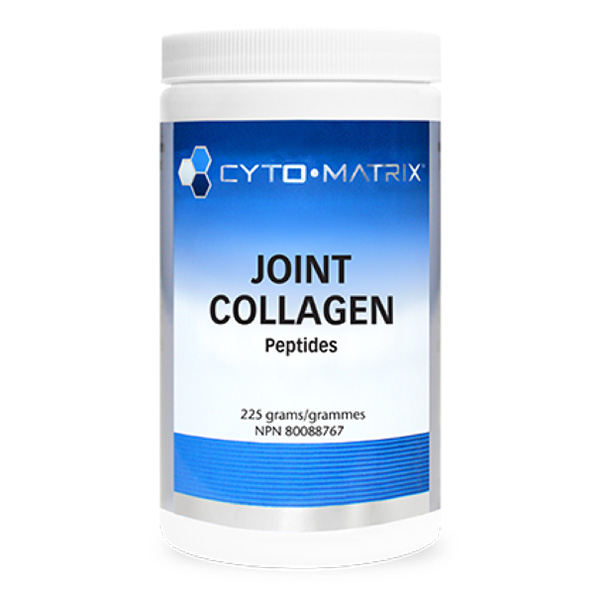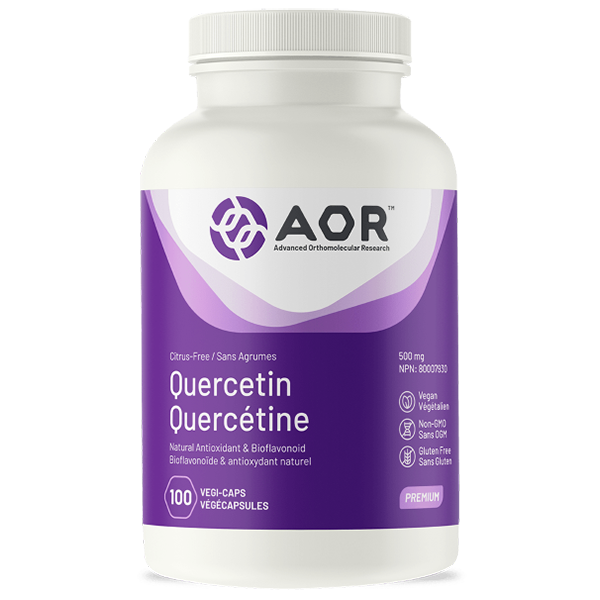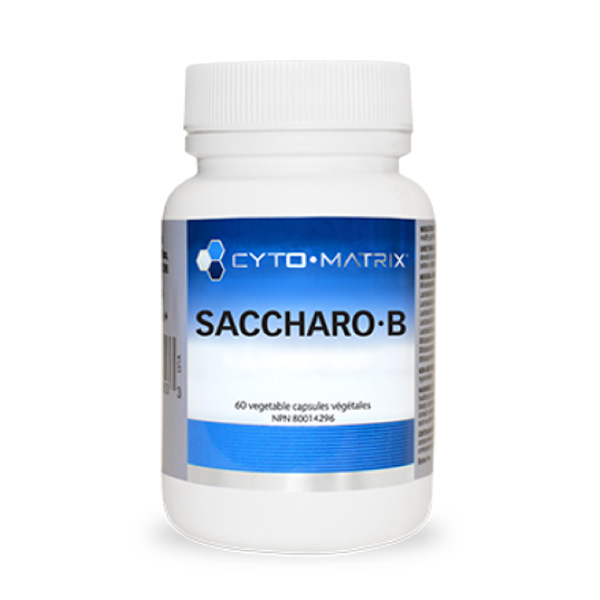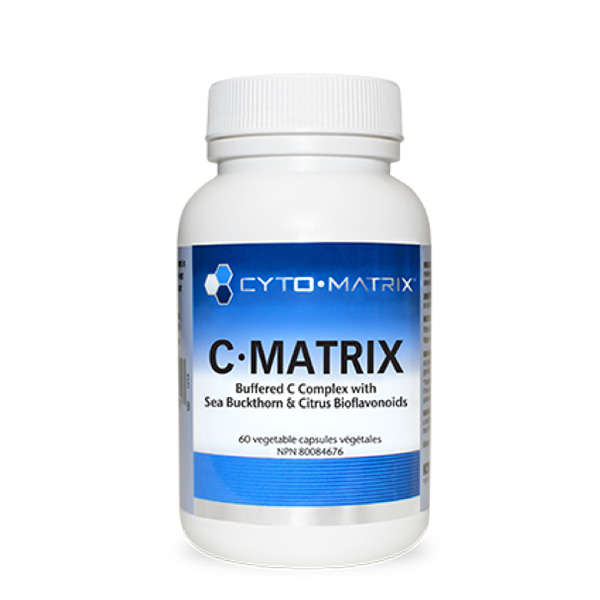Bioclinic – BioDigest – 180 Caps

$40.99
- Broad-spectrum digestive formula designed to enhance carbohydrate, protein, and lipid absorption
- Provides a clinical dose of HCl and a complex of betaine and L-glutamic acid to restore optimal gastric pH in less than 10 minutes
- Provides pancreatic enzymes containing protease, amylase, and lipase for broad-spectrum macronutrient digestion
- Contains pepsin A that acts as a principal protease and key signal for optimal digestion
- Ox bile promotes effective lipid and protein digestion and targets metabolic function and intestinal flora composition
Benefits
- Broad-spectrum digestive formula designed to enhance carbohydrate, protein, and lipid absorption
- Provides a clinical dose of HCl and a complex of betaine and L-glutamic acid to restore optimal gastric pH in less than 10 minutes
- Provides pancreatic enzymes containing protease, amylase, and lipase for broad-spectrum macronutrient digestion
- Contains pepsin A that acts as a principal protease and key signal for optimal digestion
- Ox bile promotes effective lipid and protein digestion and targets metabolic function and intestinal flora composition
Feature Summary
BioDigest provides a comprehensive formula designed to enhance the digestion and absorption of carbohydrates, proteins, lipids, and micronutrients. A decline in acid production is associated with several conditions as well as the normal aging process. This decline may impair the absorption of several micronutrients (including zinc, iron, and vitamin B12) and contribute to bacterial overgrowth in the intestinal tract.1,2,3 The use of hydrochloric acid complexed with betaine and glutamic acid has been shown to normalize gastric pH among participants with impaired acid production, achieving a pH of less than 3 in under 10 minutes and lasting over 70 minutes. This pH normalization effectively improves the absorption of substances dependent upon low gastric pH.4,5
BioDigest also provides pancreatic enzymes designed to restore normal digestion to patients with impaired exocrine pancreatic function, with protease, amylase, and lipase activity for digestion of all macronutrients. The inclusion of ox bile promotes efficient lipid absorption as well as enhanced proteolysis of dietary protein.6 Additionally, bile acids upregulate brown adipose tissue activity, have antimicrobial activity in the small intestine, and have systemic metabolic and endocrine effects previously unrecognized, influencing thyroid function, metabolism, and glucose and lipid homeostasis.7–10 Finally, pepsin A is the principal gastric proteolytic enzyme, and its actions indirectly stimulate pro-digestive functions by triggering gastrin and CCK release.11
Medicinal Ingredients
| Each Capsule Contains: | |
| Betaine HCL | 240 mg |
| L-Glutamic Acid HCL | 240 mg |
| Pancreatic Enzymes 11x* (Sus scrofa) (pancreas) | 70 mg |
| Protease | 19,250 USP |
| Amylase | 19,250 USP |
| Lipase | 1,540 USP |
| Ox Bile (Bos taurus) | 40 mg |
| Pepsin A (Sus scrofa) (stomach) | 35 mg (350,000 FCC PU) |
| USP (United States Pharmacopeia), FCC (Food Chemical Codex), PU (Papain Unit) . | |
| *11 times more concentrated than USP standard . | |
Non-Medicinal Ingredients
Gelatin capsule (gelatin, purified water), microcrystalline cellulose, vegetable grade magnesium stearate (lubricant), silica.
Dosage:
Recommended Adult Dose: 1 capsule 4 times per day with or immediately before food, a few hours before or after taking other medications, or as directed by a health care practitioner. Consult a health care practitioner for use beyond 7 days. Use the smallest effective dose that controls your symptoms.
Warnings:
Consult a health care practitioner if symptoms persist or worsen. Consult a health care practitioner prior to use if you have faecal impaction or symptoms such as abdominal pain, nausea, vomiting, or fever, if you have a peptic ulcer, excess stomach acid, high cholesterol, diabetes, pancreatitis, pancreatic exocrine insufficiency, cystic fibrosis, gastrointestinal lesions/ulcers, if you are taking blood thinners or anti-inflammatory agents, are having surgery, or are taking thiazide diuretics, corticosteroids, licorice root, or other medications or health products which may aggravate electrolyte imbalance. Do not use if you are pregnant or breastfeeding, are sensitive to pancreatic enzymes or pork proteins, have gallstones, bile duct obstruction, abnormal constrictions of the gastrointestinal tract, potential or existing intestinal blockage, atonic bowel, appendicitis, inflammatory colon disease, such as Crohn’s disease or ulcerative colitis, abdominal pain of unknown origin, undiagnosed rectal bleeding, severe dehydration with depleted water or electrolytes, or diarrhea. Laxative effect may occur. Stop use and consult a health care practitioner if hypersensitivity/allergy, nausea, vomiting, abdominal pain, epigastric pain, cramps, spasms, diarrhea, and/or heartburn occur. Keep out of reach of children.
Allergens:
Contains no artificial colours, preservatives, or sweeteners; no dairy, sugar, wheat, gluten, yeast, soy, egg, fish, shellfish, salt, tree nuts, or GMOs. Sealed for your protection. Do not use if seal is broken. For freshness, store in a cool, dry place.
Contraindications
Safety during pregnancy and lactation has not been established, and should be avoided. Individuals with a
sensitivity or allergy to pancreatic enzymes or pork products should avoid using. Should be used with caution in an individual with a history of a peptic or duodenal ulcer or inflammatory bowel disease, and avoided in those with intestinal obstructions, atonic bowel, abdominal pain of unknown origin, undiagnosed rectal bleeding, severe dehydration or diarrhea.
Drug Interactions
Avoid use with H2-antagonists and proton pump inhibitors, such as cimetidine and lansoprazole.
- Väkeväinen, S., Tillonen, J., Salaspuro, M., et al. (2000). Hypochlorhydria induced by a proton pump inhibitor leads to intragastric microbial production of acetaldehyde from ethanol. Aliment Pharmacol Ther, 14(11), 1511-8.
- Britton, E., & McLaughlin, J.T. (2013). Ageing and the gut. Proc Nutr Soc, 72(1), 173-7.
- De Block, C.E., De Leeuw, I.H., & Van Gaal, L.F. (2008). Autoimmune gastritis in type 1 diabetes: A clinically oriented review. J Clin Endocrinol Metab, 93(2), 363-71.
- Yago, M.R., Frymoyer, A., Benet, L.Z., et al. (2014). The use of betaine HCl to enhance dasatinib absorption in healthy volunteers with rabeprazole-induced hypochlorhydria. AAPS J, 16(6), 1358-65.
- Yago, M.R., Frymoyer, A.R., Smelick, G.S., et al. (2013). Gastric reacidification with betaine HCl in healthy volunteers with rabeprazole-induced hypochlorhydria. Mol Pharm, 10(11), 4032-7.
- Gass, J., Vora, H., Hofmann, A.F., et al. (2007). Enhancement of dietary protein digestion by conjugated bile acids. Gastroenterology, 133(1), 16-23.
- Broeders, E.P., Nascimento, E.B., Havekes, B., et al. (2015). The bile acid chenodeoxycholic acid increases human brown adipose tissue activity. Cell Metab, 22(3), 418-26.
- Thomas, C., Pellicciari, R., Pruzanski, M., et al. (2008). Targeting bile-acid signalling for metabolic diseases. Nat Rev Drug Discov, 7(8), 678-93.
- Watanabe, M., Houten, S.M., Mataki, C., et al. (2006). Bile acids induce energy expenditure by promoting intracellular thyroid hormone activation. Nature, 439(7075), 484-9.
- Thomas, C., Auwerx, J., & Schoonjans, K. (2008). Bile acids and the membrane bile acid receptor TGR5–connecting nutrition and metabolism. Thyroid, 18(2), 167-74.
- Petersen, K.U. (2018). Pepsin and its importance for functional dyspepsia: Relic, regulator or remedy? Dig Dis, 36(2), 98-105.
| Weight | 0.1 kg |
|---|

